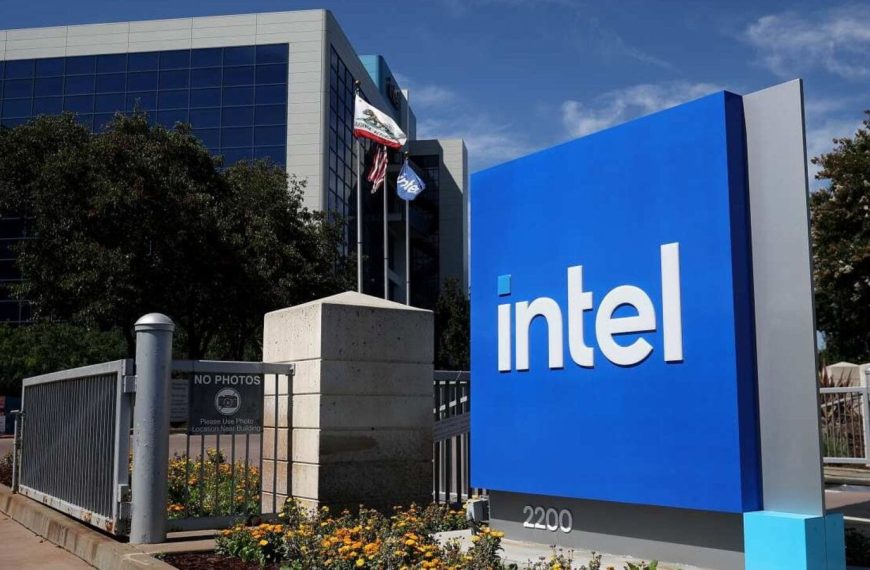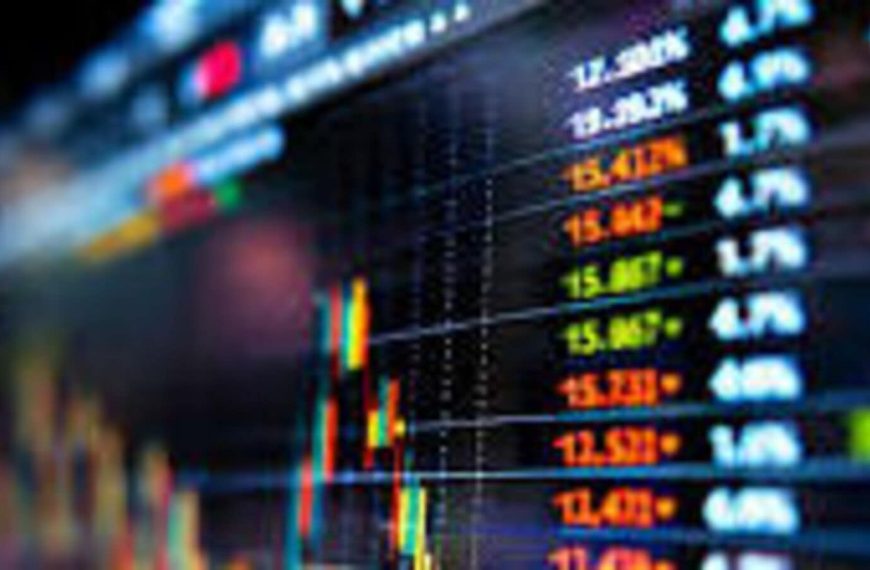Surging Inflation Expectations Raise Concerns for US Economy
Consumer inflation expectations in the United States have hit levels not witnessed since 1981, sparking considerable concern among economists and investors alike. This rise, alongside increasing U.S. Treasury yields and a declining dollar, presents a challenging scenario for the Federal Reserve as they grapple with the potential impacts on the economy. As households and businesses adapt to the recent tariff policies implemented by the Trump administration, the outlook for economic stability appears increasingly uncertain.
The Dilemma Facing the Federal Reserve
Recent comments from policymakers, particularly from John Williams, the President of the New York Fed, reveal the complexity of the current economic landscape. Williams highlighted the potential for growth to dip below 1% and inflation to surge as high as 4%. With unemployment possibly climbing to 5%, these figures pose significant challenges for a central bank striving to maintain low inflation and high employment levels.
- Key Forecast Figures:
- Projected growth rate: <1%
- Inflation rate: Up to 4%
- Unemployment rate: Up to 5%
Williams emphasized that the outcomes of recent tariff announcements have created a wide range of possibilities, making economic predictions especially difficult. If the recent spike in short-term inflation expectations influences long-term views, it could jeopardize the Fed’s efforts to keep inflation in check.
Consumer Sentiment and Inflation Expectations
According to new data from the University of Michigan, inflation expectations have risen sharply, reaching 6.7% following the announcement of tariffs. This upward trend in consumer sentiment could undermine the Fed’s progress in managing inflation, particularly as it relates to pandemic-induced price increases.
Neel Kashkari, President of the Minneapolis Fed, cautioned against hasty interventions by the Fed or Treasury, suggesting that any action should be carefully considered and only taken when absolutely necessary.
Investor Behavior and Market Responses
The recent data from Michigan has not only indicated rising inflation expectations but also a decline in consumer sentiment across political lines. Historical context reveals that high inflation combined with high unemployment led to drastic measures in the late 1970s and early 1980s, when former Fed Chair Paul Volcker prioritized inflation control, resulting in a recession.
- Current Trends:
- Rising inflation expectations among consumers.
- Declining consumer sentiment.
- Historical parallels to the late 1970s.
Market Volatility and the Fed’s Response Options
The financial markets have reacted negatively since the announcement of tariffs, with U.S. stock and Treasury prices experiencing significant declines. The yield on the 10-year Treasury bond has increased by 60 basis points in just a week, reflecting a potential shift in investor confidence away from U.S. assets. In contrast to typical market behavior during times of stress, where Treasury yields tend to drop, the current environment reflects a complex shift in investor preferences.
- Market Impact:
- S&P 500 index down approximately 13% since February.
- Benchmark Treasury yields have risen significantly.
Kashkari noted the unique situation where, despite increased tariffs, the dollar has weakened, suggesting a shift in how investors view U.S. economic stability. He underscored the importance of remaining vigilant but indicated that the Fed is not yet seeing major dislocations in the markets.
Preparedness for Future Challenges
Fed officials, including Susan Collins from the Boston Fed, have reiterated that the central bank possesses tools to address market liquidity concerns should they arise. The situation remains fluid, and the Fed is prepared to act if necessary.
In summary, the economic landscape is fraught with uncertainty as rising inflation expectations and shifting market dynamics challenge the Federal Reserve’s ability to maintain stability. Investors and policymakers alike will be watching closely as the situation develops, gauging the implications for the broader economy.











